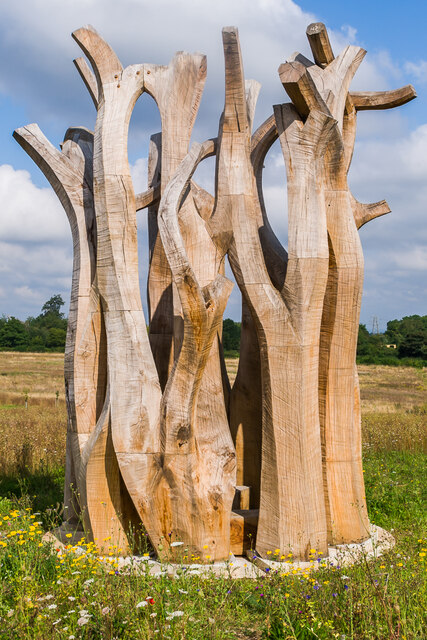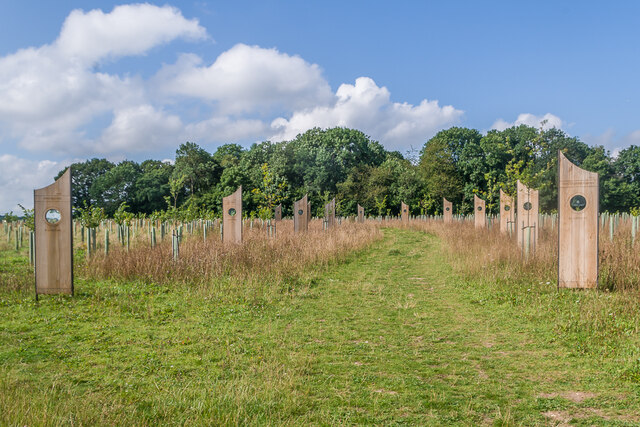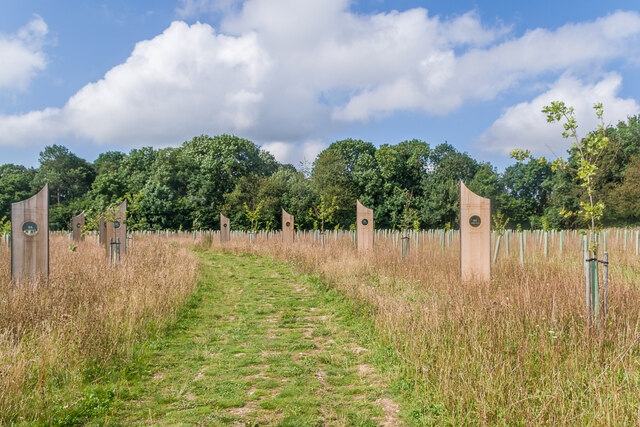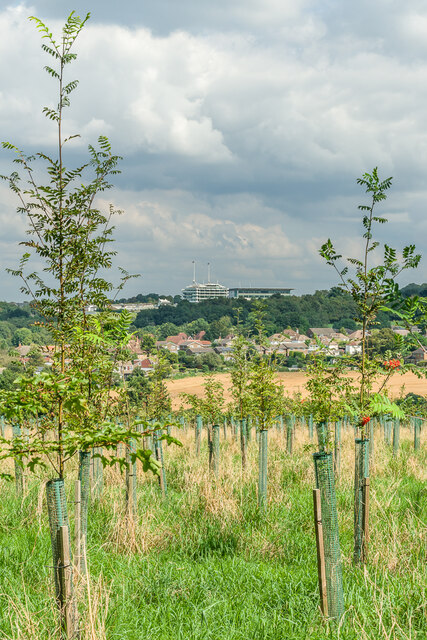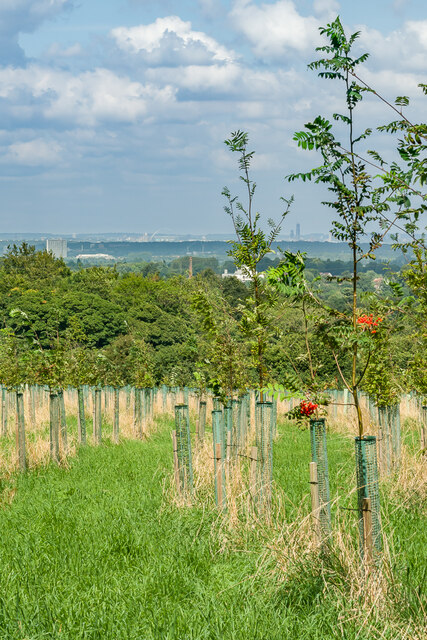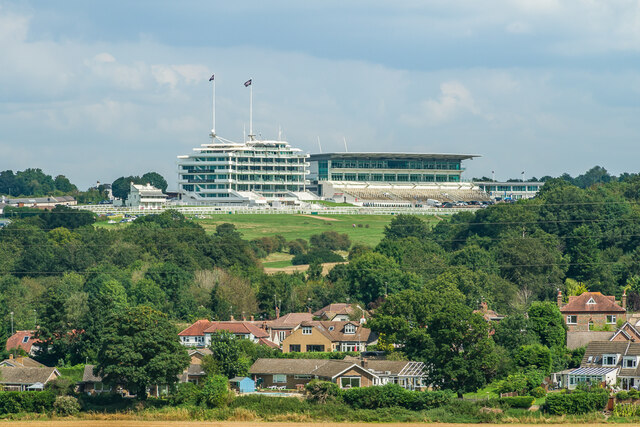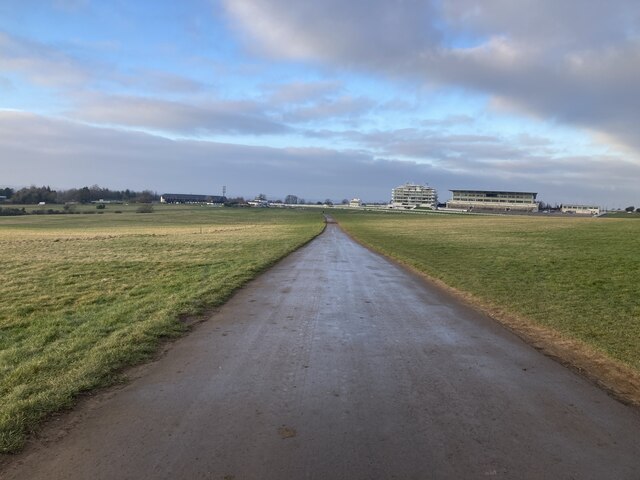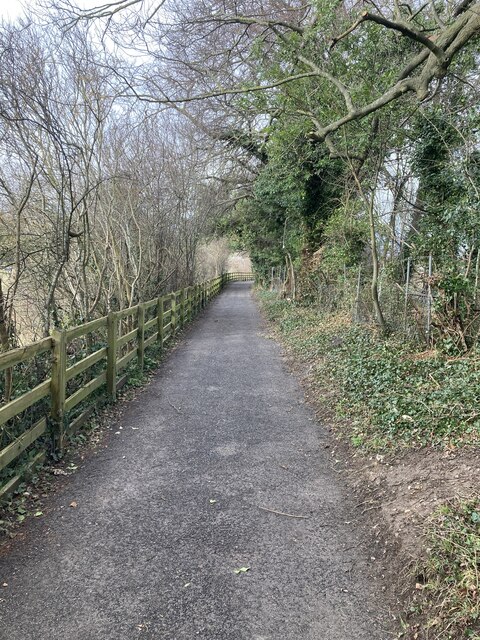The Hill
Hill, Mountain in Surrey Epsom and Ewell
England
The Hill
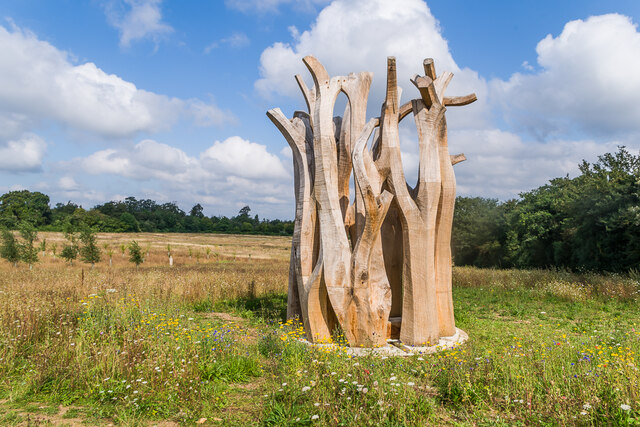
The Hill, Surrey, also known as The Hill or simply Hill, is a prominent geological feature located in the county of Surrey, England. It is an elongated hill that stretches across several miles, forming part of the North Downs, a range of chalk hills in southern England. The Hill lies within the Surrey Hills Area of Outstanding Natural Beauty, a protected landscape renowned for its picturesque scenery.
Standing at an elevation of approximately 800 feet, The Hill offers breathtaking panoramic views of the surrounding countryside. Its slopes are covered with lush greenery, including a variety of trees such as beech, oak, and yew, creating a rich and diverse ecosystem. The hilltop is predominantly open grassland, providing a habitat for numerous species of wildlife, including birds, butterflies, and small mammals.
The Hill has a long history, with evidence of human activity dating back thousands of years. Archaeological finds suggest that the area was inhabited during the Mesolithic and Neolithic periods, and it has also been associated with Iron Age settlements. Furthermore, remnants of Roman roads can be found on the hillside, highlighting its strategic importance during ancient times.
Today, The Hill is a popular destination for outdoor enthusiasts and nature lovers. It offers various recreational activities, such as hiking, picnicking, and birdwatching. Several well-maintained footpaths and trails traverse the hill, providing visitors with ample opportunities to explore its natural beauty.
Overall, The Hill, Surrey, with its scenic vistas, abundant wildlife, and rich historical significance, is a cherished landmark that attracts both locals and tourists seeking to immerse themselves in the natural splendor of the Surrey countryside.
If you have any feedback on the listing, please let us know in the comments section below.
The Hill Images
Images are sourced within 2km of 51.30933/-0.25314926 or Grid Reference TQ2158. Thanks to Geograph Open Source API. All images are credited.

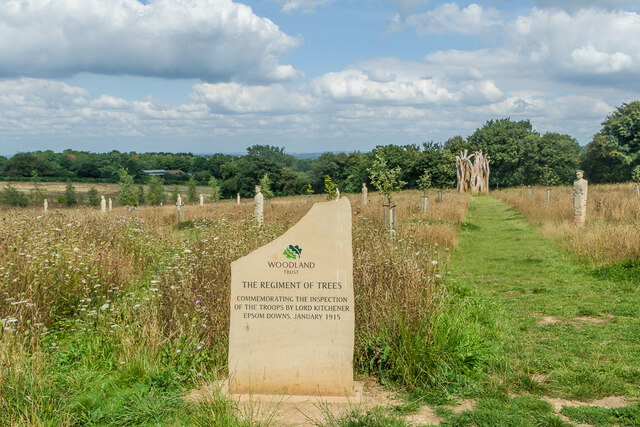
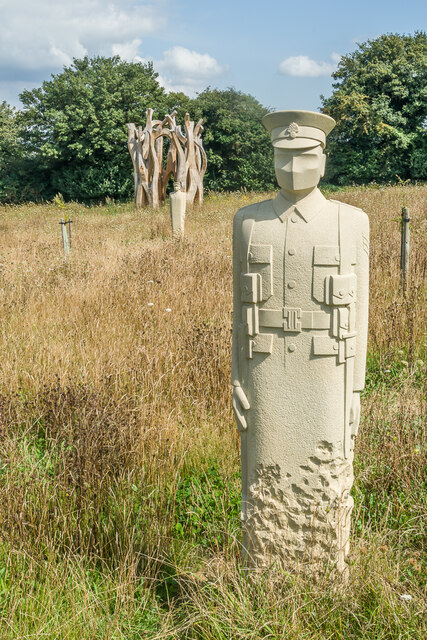
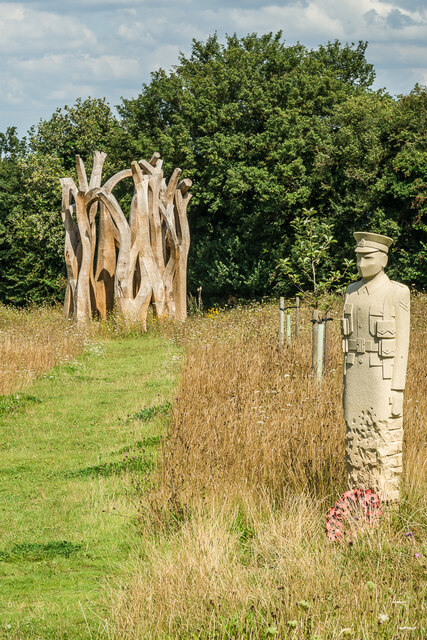
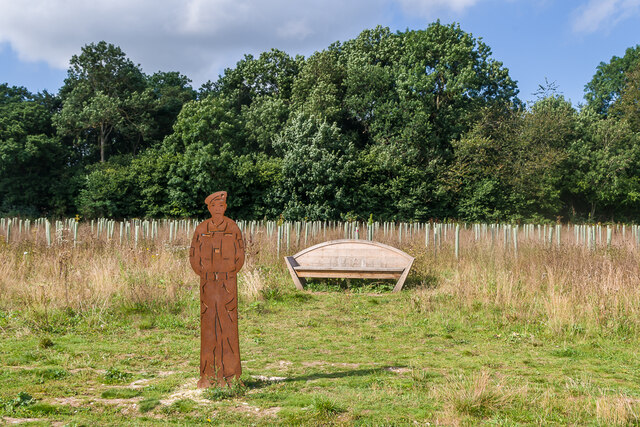
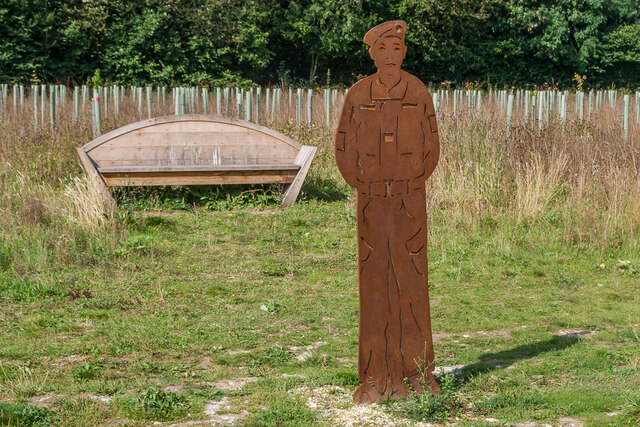
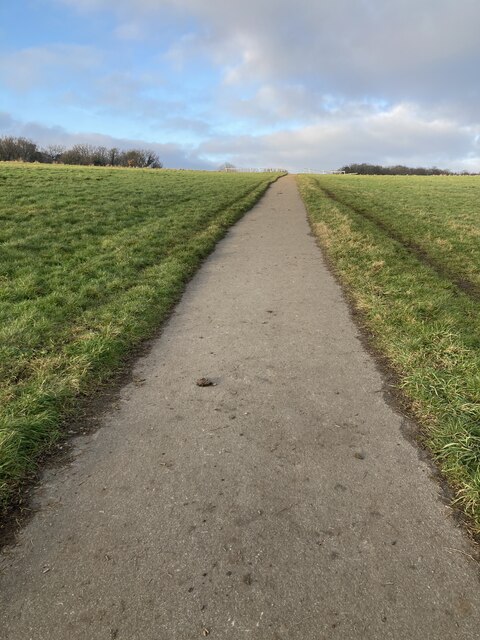
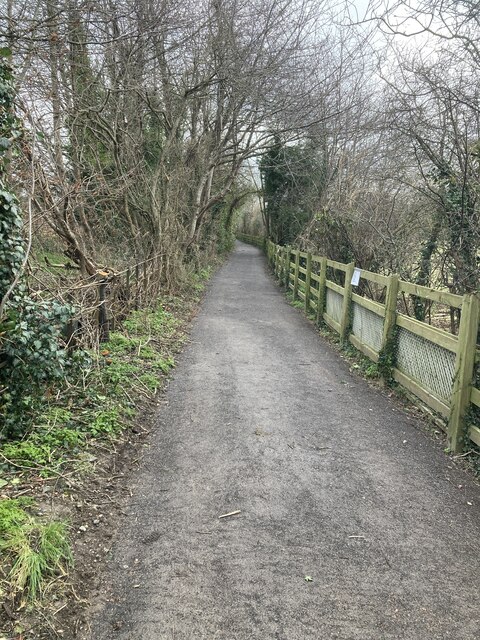
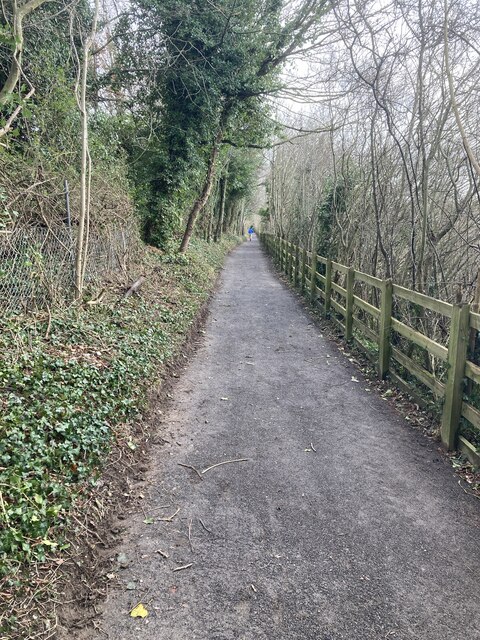
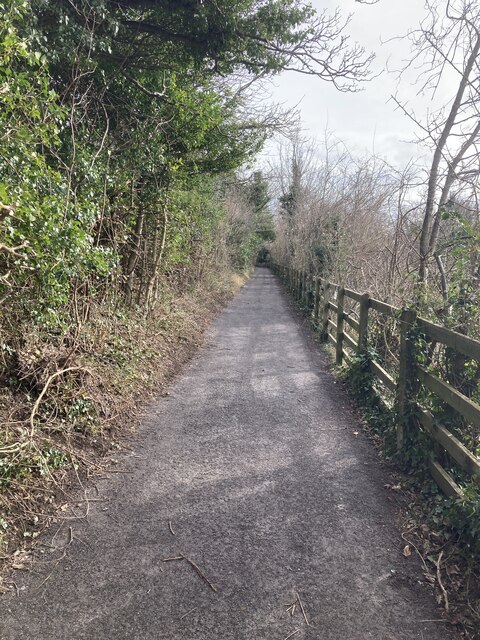
The Hill is located at Grid Ref: TQ2158 (Lat: 51.30933, Lng: -0.25314926)
Administrative County: Surrey
District: Epsom and Ewell
Police Authority: Surrey
What 3 Words
///bigger.tribe.stick. Near Tadworth, Surrey
Nearby Locations
Related Wikis
Epsom Downs Racecourse
Epsom Downs is a Grade 1 racecourse on the hills associated with Epsom in Surrey, England which is used for thoroughbred horse racing. The "Downs" referred...
Tattenham Corner
Tattenham Corner is in north Surrey, UK, the name is principally associated with Epsom Racecourse. The railway station of the same name is in the Tattenhams...
Tattenham Corner railway station
Tattenham Corner railway station is in Surrey, in England. The station and all trains serving it are operated by Southern, and it is the terminus of the...
Langley Vale
Langley Vale is a village in the Borough of Epsom and Ewell, in Surrey, England, approximately 15 miles (24 km) south of central London. As its name suggests...
Nearby Amenities
Located within 500m of 51.30933,-0.25314926Have you been to The Hill?
Leave your review of The Hill below (or comments, questions and feedback).
